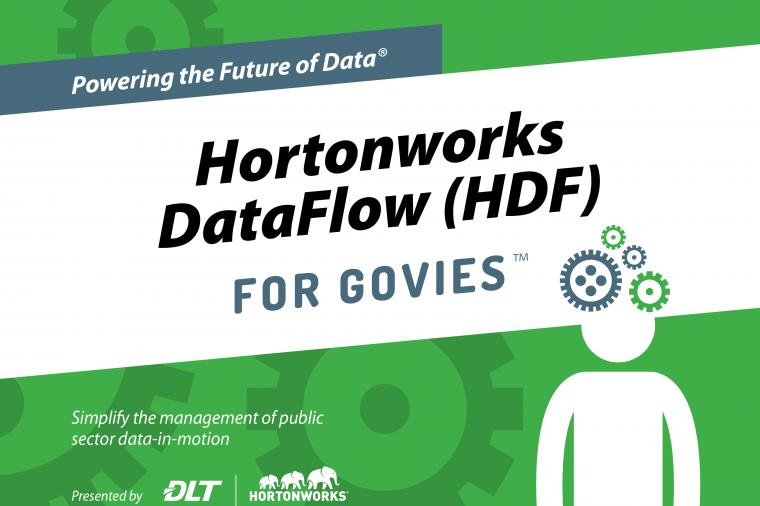What’s this Data Masking All about Anyway?

So you’ve got all sorts of endpoint controls and continuous monitoring solutions in place across your agency’s IT environment. Great! Sounds like you’ve got a good security posture going on.
But is your data actually as secure as you think it is? Unfortunately, not.
If there’s one thing that cyberattacks on government systems have taught us in the past few years is that the biggest threat doesn’t come from rogue hackers or nations, it comes from within.
In fact, 70% of the world’s database administrators have complete access to all the data in the systems they support – including private and sensitive data. Non-production and test data is particularly vulnerable to attack. Further, only 41% of organizations control access to data based on role and location.
The threat is so persistent that Gartner analysts agree that data masking, which focuses on protecting data from both insiders and outsiders, is a “must-have technology in enterprise and government security portfolios.”
How Data Masking Works
Data masking works by shielding confidential data, such as credit card information, Social Security numbers, names, addresses, and phone numbers, from unintended exposure to reduce the risk of data breaches. It minimizes the risk of data breaches by masking test and development environments created from production data regardless of database, platform, or location.
"Adopting DM (data masking) helps enterprises raise the level of security and privacy assurance. At the same time, DM helps them meet compliance requirements with the security and privacy standards recommended by regulating/auditing authorities (for example, the PCI Data Security Standard [DSS] and the Health Insurance Portability and Accountability Act [HIPAA])."
A growing number of government agencies are making data masking a mandatory part of their security strategies and FISMA compliance efforts.
The Advantages of Data Masking
Among the key advantages of data masking, both persistent and dynamic, is its freedom from requiring changes to databases or application source code. This means that masking can be applied quickly and unobtrusively to protect private data across an organization, regardless of size. Data masking is also granular, in that it enables organizations to selectively mask data down to the row, column, or cell level.
Furthermore, data masking technology can integrate with existing authentication solutions, including ActiveDirectory, LDAP, and Identity Access Management software. And it complements other data protection technologies such as encryption, database activity monitoring (DAM), and security information and event management (SIEM), collectively providing comprehensive data privacy protection.
Ready to Learn More?
Join DLT and Informatica (named as a “Leader” in Gartner’s 2014 Magic Quadrant for Data Masking Technology report) for a live webinar on Wednesday, April 1, 2015 at 2:00 PM EDT.
You’ll discover how persistent data masking can provide your developers with great test data while ensuring no private or sensitive data is ever at risk. Register here.
photo credit: The Train Frontiersman via photopin (license)








































